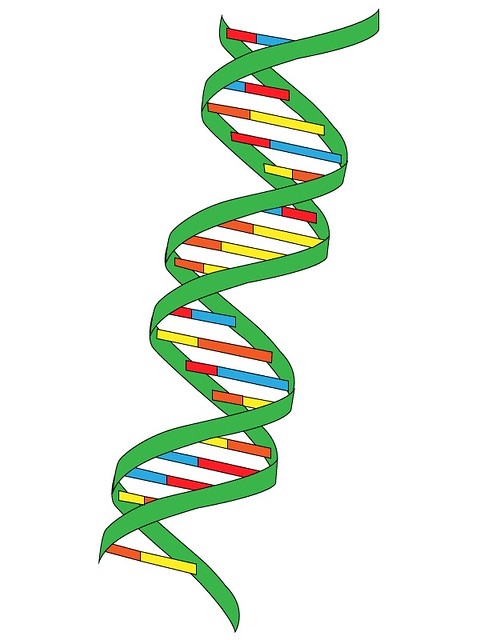By analyzing the blood of nearly 100 treated and untreated HIV-infected volunteers, a team of scientists has identified previously unknown characteristics of B cells in the context of HIV infection. B cells are the immune system cells that make antibodies to HIV and other pathogens. The findings increase the current understanding of how HIV disease develops and have suggestions for the timing of treatment. Researchers at the National Institute of Allergy and Infectious Diseases have found that the B cells that make antibodies to HIV in infected people, and untreated people are abnormal in that they are more activated, unstable and unresponsive to further stimulation than normal B cells, and also are infrequently observed in healthy people. These findings may help explain why HIV antibodies produced by HIV-infected people do not clear the infection.
NOS Themes:
- Science is reliable
- Science is collaborative
- Science is credible
Linkhttp://www.biologynews.net/archives/2014/06/04/scientists_uncover_features_of_antibodyproducing_cells_in_people_infected_with_hiv.html























